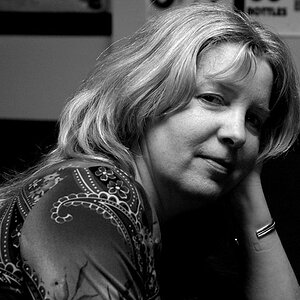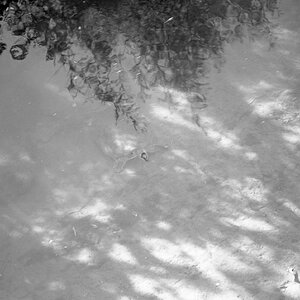PixFixer
TPF Noob!
- Joined
- May 19, 2009
- Messages
- 16
- Reaction score
- 2
- Location
- Long Island NY
- Can others edit my Photos
- Photos NOT OK to edit
I am not trying to stir up a hornets nest but at a recent photo club meeting, one of the member was showing pictures from his trip out west. In the ensuing conversations about post processing, an off-hand the comment was made, that digital photos almost always need to be sharpened in post process.
I have noticed a lack of sharpness in some of my photos but I attributed it the auto focus selecting the wrong subject and/or the aperture priority always seems to select the smallest f values, with the least amount of depth of field.
I do not know if it makes a difference in sharpness, but most of the camera club folks prefer to work in the JPG format rather than RAW.
I was curious if there was some merit to this off-hand comment?
I usually set the cameras' processor to some mid point of sharpness. Then I do the rest in post. Always. The thing I see is that all to many people don't understand how sharpness works and they end up with that 'salt and pepper' look or a white and black line at edges. Sharpening has to be applied in a very thoughtful way, but first, experiment and learn how it works. Zoom into the displayed image at the small hard edges and see what is happening. You may have to back off some.




![[No title]](/data/xfmg/thumbnail/38/38262-10a9668da9a2b36a92cddde57caf87bc.jpg?1619738547)

![[No title]](/data/xfmg/thumbnail/35/35263-86f580cf5d28d23109a45984030a79ad.jpg?1619736968)